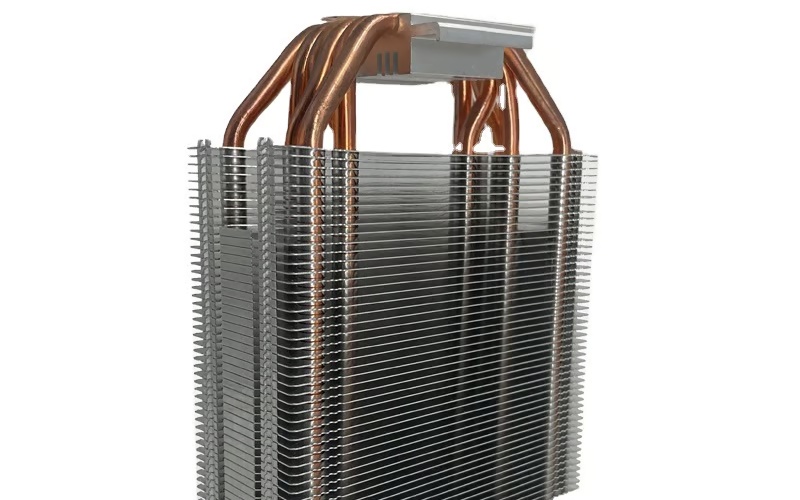Introduction:
Heat sinks are an essential component in today's electronic devices. They help dissipate heat and keep devices running at safe temperatures. The material used in making a heatsink can affect its effectiveness. One question often asked is "Is copper used in heatsinks?" In this article, we'll explore the use of copper in heat sinks.
Copper's Thermal Properties:
Copper has excellent thermal conductivity, making it an ideal material for heat dissipation. Copper can transfer heat up to eight times faster than aluminum, another commonly used material in heat sinks. Also, copper has a low thermal expansion coefficient, which means that it experiences minimal deformation as it heats up. Copper's thermal properties make it a popular choice in high-performance heat sink applications.
Copper Heat Sinks:
Copper heat sinks are widely used in high-performance cooling applications. Copper heat sinks can help dissipate heat more efficiently than other materials. Copper is commonly used in heat sinks that require high-performance cooling, such as CPUs, GPUs, and power supplies.
Copper vs. Aluminum Heat Sinks:
Copper and aluminum are the two most commonly used materials in heat sink manufacturing. While copper is more expensive, it has better heat transfer properties than aluminum. Copper is denser and has a higher specific heat capacity than aluminum. Copper also has a thermal conductivity rating that is nearly double that of aluminum. Copper heat sinks are generally more efficient than aluminum heat sinks.
Copper Heat Pipes:
Copper heat pipes are another way copper can be used in heat sinks. Heat pipes are often used in laptop cooling systems and other compact cooling applications. They use a combination of evaporation and condensation to transfer heat away from the heat source. Copper is often used in heat pipes because of its excellent thermal conductivity and low thermal expansion coefficient.
Copper Base Plates:
Copper base plates are used to provide a larger surface area for heat sink fins. Base plates are an integral part of high-performance cooling systems, such as those used in gaming desktops and servers. Copper base plates help distribute heat more evenly and efficiently than other materials such as aluminum or plastic.
Copper Finned Heat Sinks:
Copper finned heat sinks are used in applications where high-performance cooling is needed, such as in high-end gaming computers or industrial controls. The copper fins increase the surface area of the heat sink and improve the transfer of heat. The copper fins are typically soldered or brazed to the copper base plate to ensure high thermal conductivity.
Copper Heat Sink Manufacturing:
Copper heat sink manufacturing typically involves machining, extruding, or casting. Complex geometries and shapes can be achieved through machining, while extruding and casting can produce parts with high precision and consistency. Copper heat sinks are often coated with a protective layer to prevent oxidation and other forms of corrosion.
Copper Heat Sink Maintenance:
Copper heat sinks require minimal maintenance. However, it's essential to keep them clean of dust and debris, which can reduce their cooling efficiency. Wiping the heat sink with a soft, dry cloth can help remove any accumulated dust or debris.
Copper Heat Sinks Conclusion:
In conclusion, copper is an excellent material for use in heat sinks. Copper's excellent thermal properties make it a popular choice for high-performance cooling applications. Copper heat sinks are generally more efficient than aluminum heat sinks, and copper base plates and heat pipes are commonly used in cooling systems. Copper heat sinks require minimal maintenance and can last for many years.

